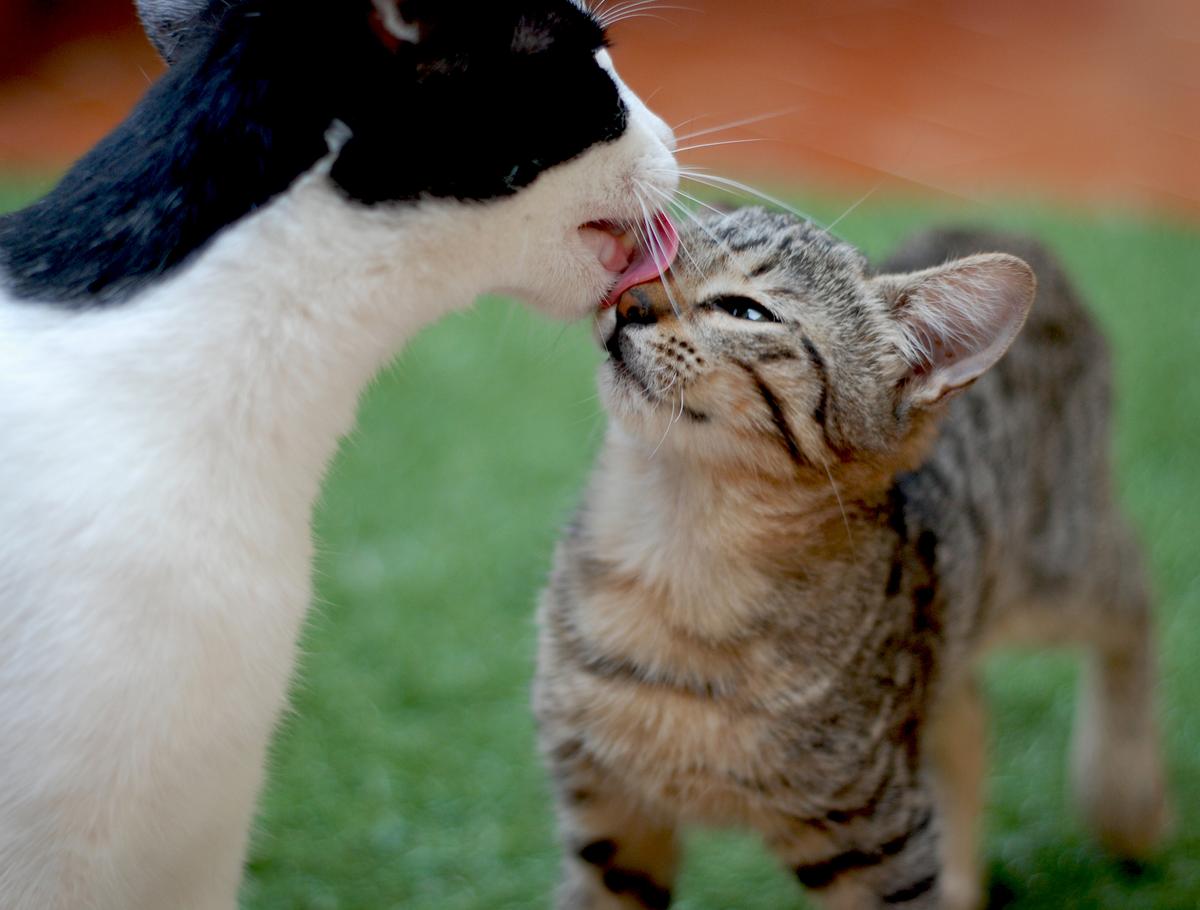Introducing a new kitten to your resident cat can be an exciting but delicate process. Cats are territorial creatures, and changes to their environment can cause stress and anxiety. However, with careful planning and patience, you can help create a harmonious relationship between your furry companions. In this article, pet barn will explore some essential tips to make the introduction between your cat and new kitten as smooth as possible, ensuring a strong foundation for their lifelong bond.
1.Gradual Introduction:
One of the key aspects of introducing a new kitten is to take it slow. Cats are creatures of habit and may feel threatened by sudden changes. Begin by keeping the new kitten in a separate room, allowing your resident cat to become accustomed to the kitten’s scent and presence. This initial phase is crucial for establishing a positive association. Gradually introduce them through scent swapping, where you swap bedding or use a soft cloth to rub each cat, helping them become familiar with each other’s scents before direct interaction. This gradual introduction minimizes stress and gives them time to adjust.
2. Controlled Visual Introduction:
Once both cats are comfortable with each other’s scent, you can proceed to a controlled visual introduction. Use a sturdy baby gate or a crack in the door to allow them to see each other without direct contact. This visual introduction allows them to observe and assess each other’s body language. Observe their behavior closely during this stage. If any signs of aggression or stress are observed, separate them and try again after some time. Gradually increase the duration of these visual sessions as the cats become more relaxed and curious, showing positive interest in each other.
3. Positive Reinforcement:
Rewarding positive behavior is crucial during the introduction process. Use treats, toys , praise, and gentle strokes to reinforce calm behavior from both your resident cat and the new kitten. For example, reward them when they approach each other without hostility or display curiosity from a safe distance. Associating the presence of the other cat with pleasant experiences will help build positive associations and reduce anxiety. Ensure each cat receives individual attention and affection to avoid jealousy and reassure them of their importance in your life.
4. Controlled Physical Introduction:
: After a successful visual introduction, it’s time to allow controlled physical interaction between the cats. Choose a neutral space where neither cat feels overly protective of their territory. This neutral ground levels the playing field and minimizes territorial conflicts. Keep initial interactions short and supervised, allowing each cat to explore and interact at their own pace. Be prepared to separate them if tensions arise and gradually increase the duration of these supervised sessions as they become more comfortable with each other. It’s important to remain vigilant during these interactions to prevent any potential aggression or harm.
5. Provide Separate Resources:
To prevent potential conflicts, ensure that each cat has its own resources, such as separate feeding areas, litter boxes, and resting spots. Cats are naturally territorial, and sharing resources can lead to competition and confrontations. By providing individual resources, you remove the potential triggers for conflict, allowing each cat to feel secure in their own space. Make sure that all cats have easy access to these resources without feeling threatened or cornered. This promotes a sense of independence and reduces stress.
6. Patience and Time:
Introducing cats, especially adult cats and a kitten, requires time and patience. While some cats may adjust quickly, others may take weeks or even months to fully accept each other’s presence. Avoid rushing the process, as it can lead to setbacks and heightened anxiety. Be prepared for setbacks and conflicts and provide each cat with their own safe space where they can retreat when needed. Patience is key during this adjustment period, allowing them to establish their boundaries and gradually build trust and acceptance.
Introducing a new kitten to your resident cat requires careful planning, gradual introductions, and patient observation. By following these tips and providing a gradual, positive introduction, you can help foster a healthy relationship between your furry companions. Remember, every cat is unique, and the process may vary. Adapt these tips to suit your specific situation and the individual personalities of your cats. With patience, love, and understanding, your cat and new kitten can develop a strong bond, enriching both their lives and yours.

